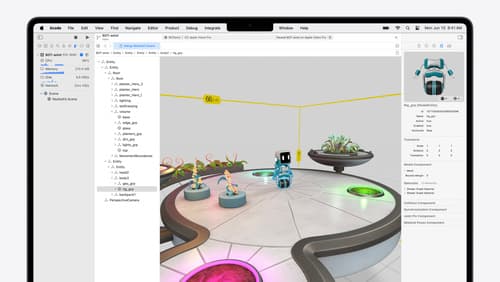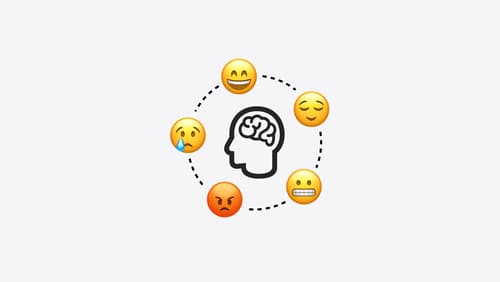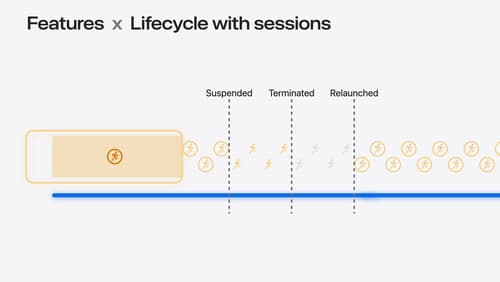Observation
Asked on 2024-08-12
3 searches
Observability in the Swift on Server ecosystem is an important aspect for troubleshooting and understanding the behavior of services. It consists of three main components: logging, metrics, and tracing. Logging helps you understand what a service did by providing detailed information, while metrics give a high-level overview of the service's health. Tracing is particularly useful in distributed systems to understand the path a request takes through the system. The Swift ecosystem provides API packages that allow code to emit observability events, which can be used to instrument methods like listevents for better insight into service operations.
For more details, you can refer to the session Explore the Swift on Server ecosystem (10:53).

Break into the RealityKit debugger
Meet the RealityKit debugger and discover how this new tool lets you inspect the entity hierarchy of spatial apps, debug rogue transformations, find missing entities, and detect which parts of your code are causing problems for your systems.

Explore wellbeing APIs in HealthKit
Learn how to incorporate mental health and wellbeing into your app using HealthKit. There are new APIs for State of Mind, as well as for Depression Risk and Anxiety Risk. We’ll dive into principles of emotion science to cover how reflecting on feelings can be beneficial, and how State of Mind can be used to represent different types of mood and emotion.

What’s new in location authorization
Location authorization is turning 2.0. Learn about new recommendations and techniques to get the authorization you need, and a new system of diagnostics that can let you know when an authorization goal can’t be met.
